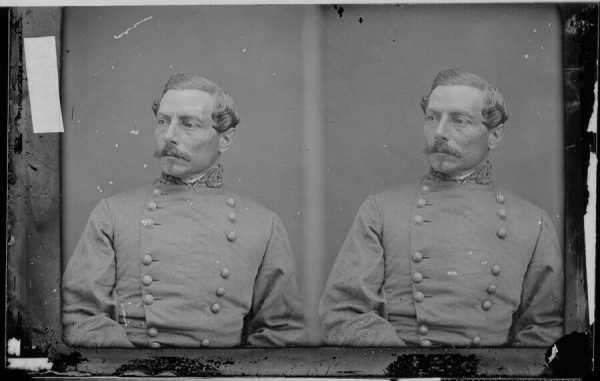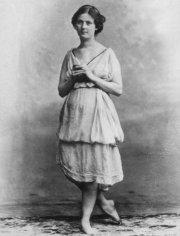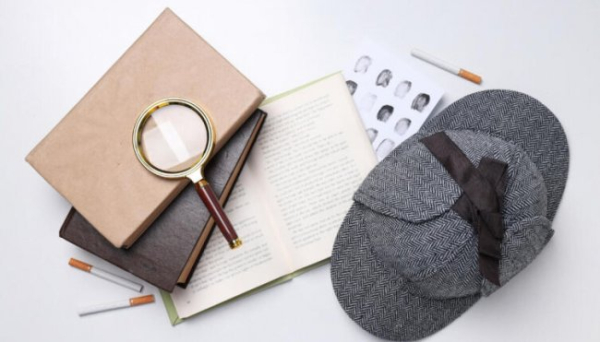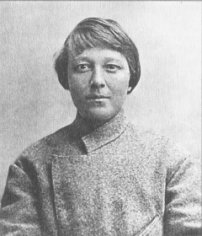Ancient Roman egg unearthed, Auschwitz lovers reunited, Civil War hair dye uncovered.Archaeologists Find 1,700-Year-Old Ancient Roman Eggs — And Accidentally Crack A Few Open

Oxford ArchaeologyAccording to the archaeologists, the two eggs that cracked open during retrieval emitted a “sulfurous aroma.”
Between 2007 and 2016, archaeologists excavated an ancient Roman settlement called Berryfields in central England. The findings included four chicken eggs preserved in a waterlogged pit for 1,700 years — some of which accidentally cracked open.
Rare wooden baskets, leather shoes, various tools, and wooden vessels were all unearthed from the hole in the ground. Fortunately, it sat below the water-table — allowing for the items’ centuries-long preservation.
See more here.
Lovers Who Were Separated After Surviving Auschwitz Miraculously Reunited 72 Years Later In New York City
2 prisoners became lovers in Auschwitz. When they reunited 72 years later, he had one question to ask her. https://nyti.ms/352AnFh
Posted by The New York Times on Sunday, December 8, 2019
In 1944, David Wisnia and Helen “Zippi” Spitzer were two Jewish prisoners and secret lovers who, against all odds, managed to survive the Auschwitz Nazi death camp. But toward the end of the war, they were separated after Wisnia was transferred to the Dachau concentration camp.
They lost each other and had no way to contact one another, except for a plan to meet again at a community center in Warsaw once the conflict had ended.
That meet-up never coalesced and their lives took them in completely different directions. But as fate would have it, the former couple would be reunited again — 72 years later in America.
Dig deeper in this report.
Archaeologists Discover Hair Dye Bottles Used By Civil War Soldiers Posing For Portraits

Matthew Brady/U.S. National Archives and Records AdministrationPhotos of Confederate General Pierre Gustave Toutant Beauregard have shown his hair to have grayed within one year of the war. Stress has been the dominant theory on why, though some now argue he merely ran out of hair dye.
Even as the Civil War pitted a divided nation into bloody battle from 1861 to 1865, soldiers were concerned with their looks. According to The Lexington Herald-Leader, excavations at Camp Nelson in Kentucky found the hair dye bottles to prove it.
The bottles, though broken, once held hair dye to darken light hair. With color photography not standardized for years to come (the first color photo being taken in 1851), black and white photos often made blonde-haired people appear to be graying.
Read on here.
Sourse: www.allthatsinteresting.com





